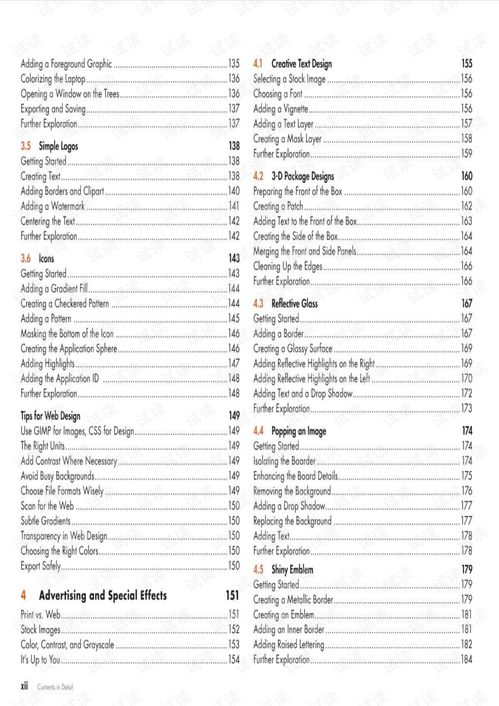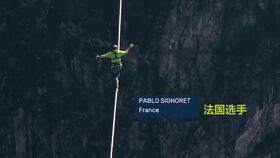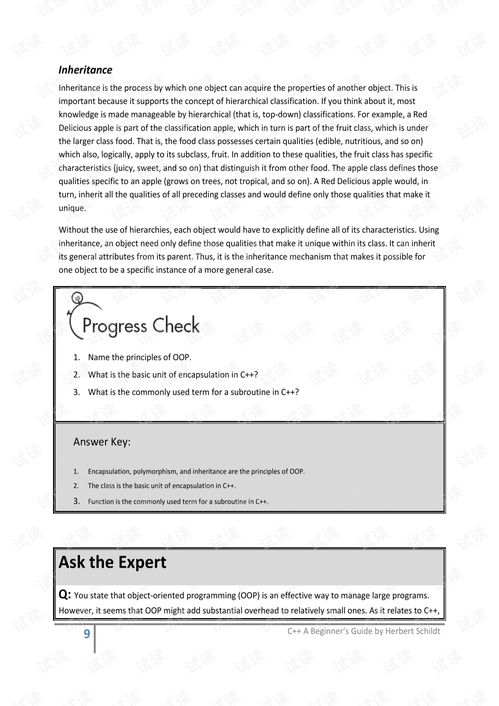Introduction:
Suspend fishing is a highly effective technique used by anglers to target fish that are holding in the middle layers of the water column. Whether you're after trout, bass, or other species, mastering the art of suspend fishing can significantly increase your chances of a successful catch. In this article, we'll delve into the intricacies of how to suspend a fishing hook and provide you with valuable tips and techniques to help you become a pro at this challenging yet rewarding method.
Understanding Suspend Fishing:
Before we dive into the specifics of hook placement, it's crucial to understand the concept of suspend fishing. This technique involves using a fishing rig that allows your bait or lure to hover motionless or with minimal movement in the water column, often between 5 to 15 feet below the surface. This mimics the natural behavior of many fish species, making it an ideal way to attract them.
Choosing the Right Equipment:
To begin your journey into suspend fishing, you'll need the right equipment. Here's a rundown of the essential gear:
Rod and Reel: A medium to heavy-action spinning rod with a smooth drag system is ideal for suspend fishing. The reel should have a good line capacity and a quality drag system to handle the occasional strong pull.
Line: Use a monofilament line with a breaking strength of 8 to 12 pounds. This line is flexible enough to maintain the suspend rig's position without adding unnecessary weight.
Leader: A 6 to 12-inch leader of fluorocarbon line will help reduce visibility and provide a more natural presentation.
Hook: A small to medium-sized hook, such as a size 6 to 10, is typically used for suspend fishing. The hook should be light and sharp to ensure a good hookset.
Weight: A small split shot or a bullet weight is used to help suspend the rig at the desired depth.
Bait or Lure: Choose a bait or lure that matches the forage in the area you're fishing. Soft plastics, spinnerbaits, and small jigs are popular choices.
How to Suspend a Fishing Hook:
Now that you have the right equipment, let's discuss how to suspend a fishing hook effectively:
Attach the Leader: Start by attaching your leader to the main line using a reliable knot, such as an improved clinch knot or a blood knot.

Add the Weight: Slide a split shot or bullet weight onto the leader about 12 to 18 inches above the hook. Adjust the weight based on the depth you want to suspend the rig.
Hook Placement: Attach your bait or lure to the hook with a palomar knot or a similar secure knot. Ensure that the hook is positioned so that the bait or lure will hang vertically in the water column.
Adjust the Rig: Once the weight and hook are in place, gently lower the rig into the water. Adjust the position of the weight to achieve the desired depth. The weight should be heavy enough to hold the rig in place but not so heavy that it pulls the bait down too quickly.
Testing the Rig: Before casting, give the rig a gentle shake to ensure that the weight is positioned correctly and the bait or lure is not twisted or tangled.
Fishing Techniques:
Once your rig is set up and you're ready to fish, here are some techniques to help you catch more fish:
Start with a Slow Pace: When fishing, start with a slow retrieve. This allows the bait or lure to drift naturally and mimic the movement of real food.
Adjust as Needed: If you find that the rig is not suspending properly, adjust the weight or leader length to achieve the desired depth.
Use the Current: If you're fishing in a river or stream, use the current to your advantage. Let the rig drift with the current, and adjust your retrieve speed accordingly.
Be Patient: Suspend fishing can be a bit slower than other techniques, so patience is key. Wait for the fish to bite rather than trying to force a strike.
Experiment with Lures: Different lures will work better in different conditions. Experiment with various colors, sizes, and shapes to see what the fish prefer.
Conclusion:
Suspend fishing is a challenging yet highly rewarding technique that can turn a good day of fishing into an exceptional one. By understanding the basics of hook placement, choosing the right equipment, and mastering the fishing techniques, you'll be well on your way to becoming a pro at suspend fishing. Remember to practice patience and experimentation, and soon you'll be catching fish with the best of them. Happy fishing!












